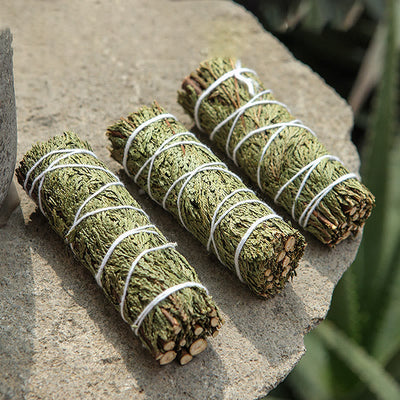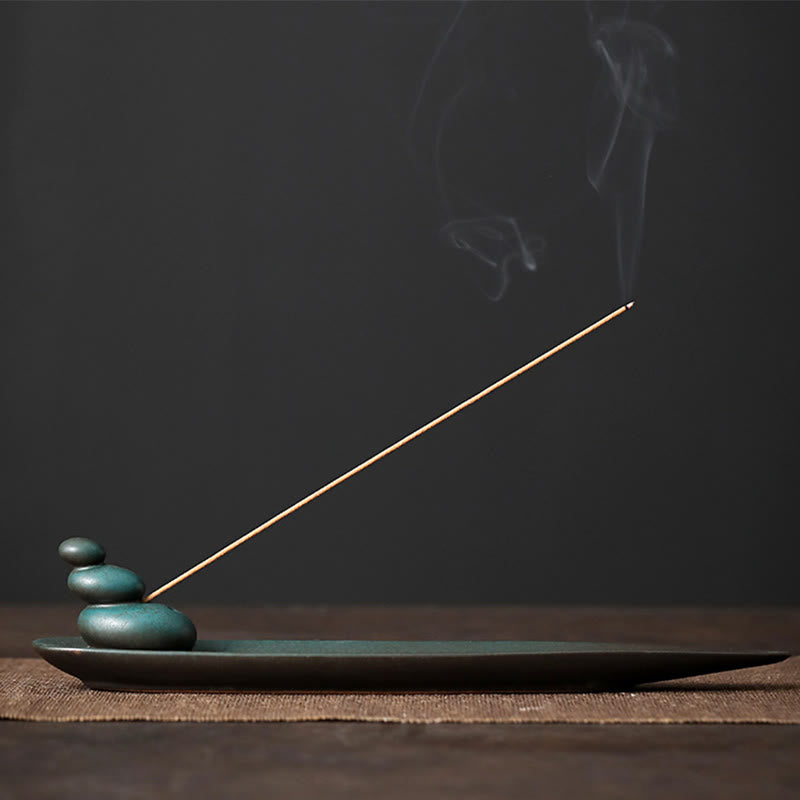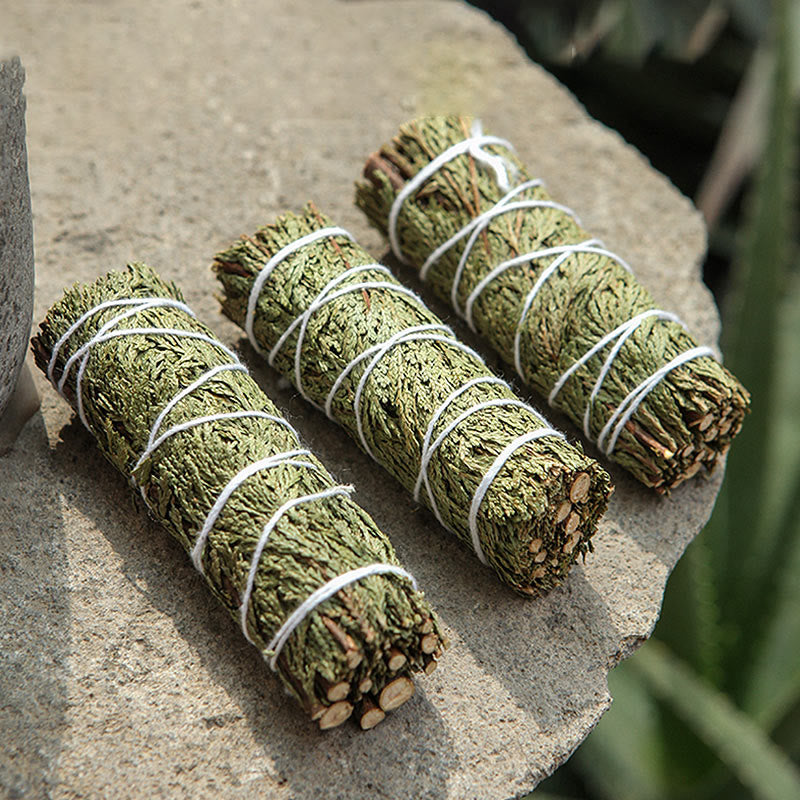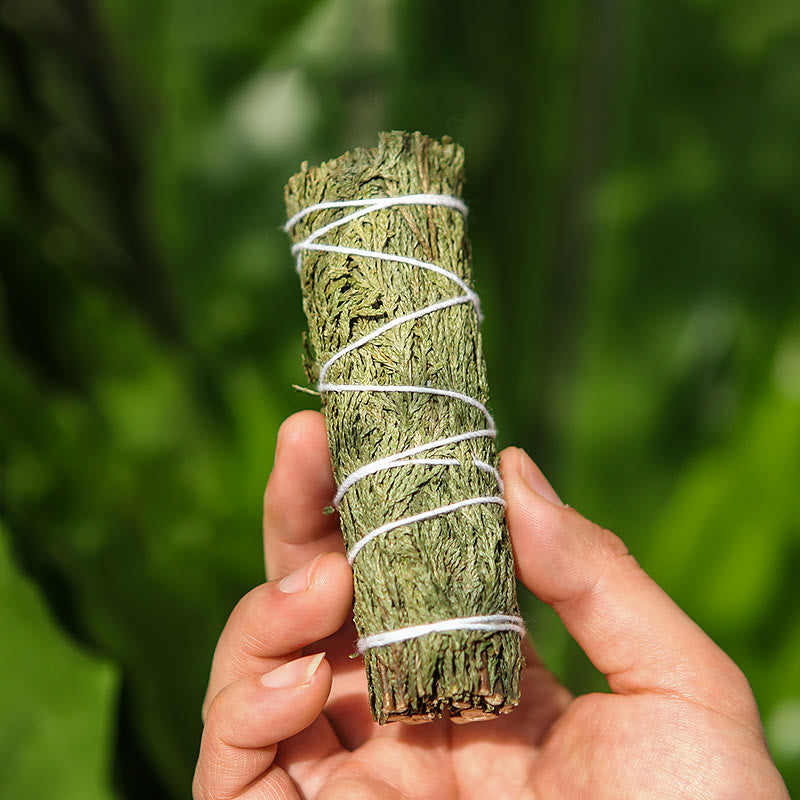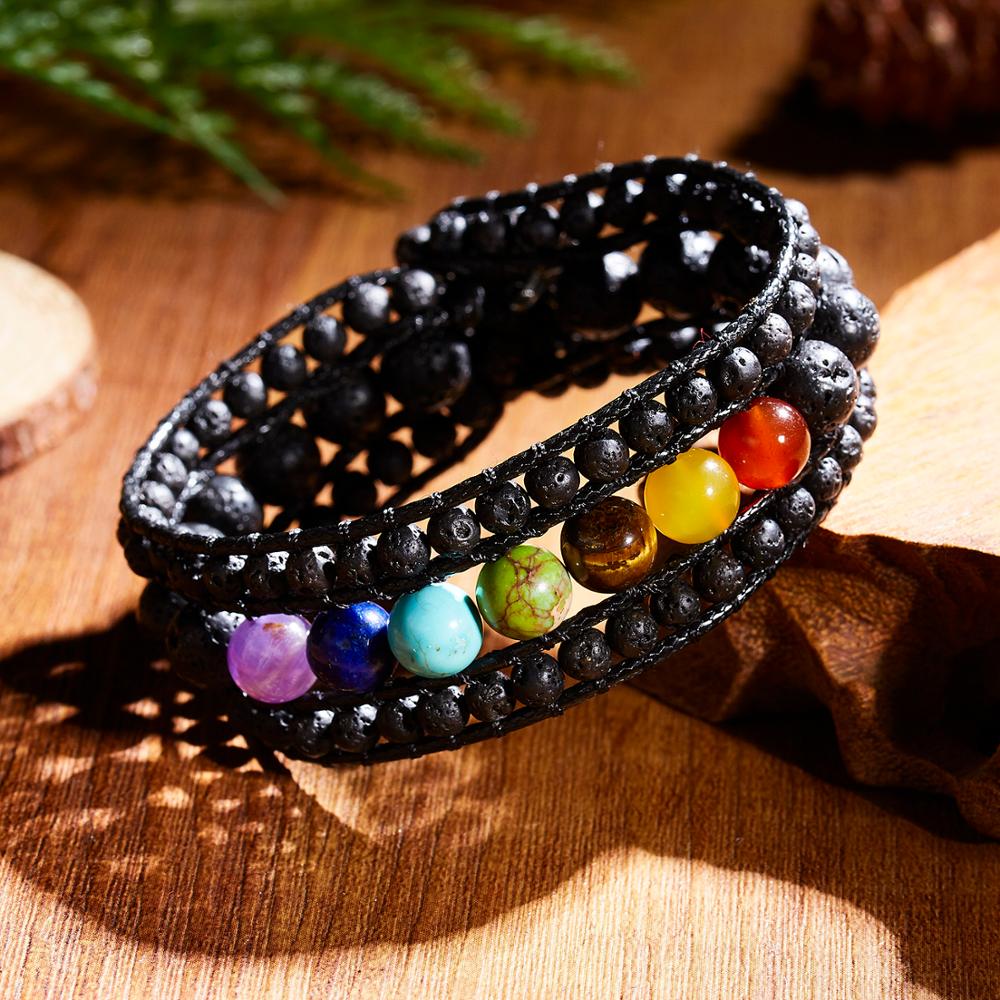Creating a tranquil, sacred space in your home often involves sensory elements like incense. But as you light a stick to meditate or cleanse your space, a common worry might cross your mind, especially when your furry best friend is nearby: is incense bad for dogs? It's a valid concern for any conscious pet parent who wants to balance their spiritual well-being with their pet's health. The smoke that calms our minds can affect our pets differently due to their more sensitive respiratory systems.
This guide is here to provide clarity and peace of mind. We'll explore how incense smoke can impact your dog, what types of incense require the most caution, and practical steps you can take to create a safe, beautifully scented home for everyone. You don't have to give up your rituals—you just need to practice them with your pet's safety at the forefront.
Why Incense Smoke Can Be a Problem for Dogs
A dog's sense of smell is legendary, estimated to be 10,000 to 100,000 times more acute than ours. Their entire respiratory system is a finely tuned instrument, which also makes it incredibly sensitive to airborne particles and irritants. When you burn incense, you're releasing a combination of particulate matter, essential oils, and other volatile organic compounds (VOCs) into the air.
For some dogs, especially those with pre-existing conditions, this can lead to several issues:
- Respiratory Irritation: The most common issue is irritation of the airways. This can manifest as coughing, sneezing, watery eyes, or a runny nose.
- Asthma and Bronchitis: For dogs with conditions like asthma or chronic bronchitis, incense smoke can be a significant trigger, potentially leading to a severe asthma attack or worsening of their condition.
- Allergic Reactions: Just like humans, dogs can be allergic to specific fragrances or compounds in the incense, leading to skin irritation or respiratory distress.
According to veterinary experts at the American Kennel Club, smoke from any source can cause lung inflammation and distress in dogs. The key is to minimize their exposure and choose your products carefully.
Not All Incense is Created Equal: What to Avoid
The level of risk often depends on the type of incense you're using. While natural, plant-based incense is generally a better choice, even that isn't entirely risk-free. Here’s a breakdown of what to be mindful of.
Incense to Use with Extreme Caution
The biggest culprits are often cheap, mass-produced incense sticks that use synthetic fragrances and chemical binders. These can release harmful chemicals when burned. Be wary of incense made with potentially toxic essential oils. While many oils are safe, some, like tea tree, pennyroyal, and wintergreen, are known to be toxic to dogs even when diffused, let alone burned.

What About Natural Options like Sage and Palo Santo?
Smudging with natural herbs like sage or woods like palo santo is a popular practice. While these are natural, it's crucial to remember that smoke is still smoke. The particulate matter from burning sage can still irritate a dog's lungs. When smudging, it's even more important to ensure the area is heavily ventilated and that your dog is not in the direct path of the smoke.
5 Essential Safety Tips for Using Incense Around Dogs
You can still enjoy the benefits of incense while keeping your four-legged friend safe. It all comes down to mindful practice. By implementing a few simple rules, you can significantly reduce the potential risks.
- Ventilation is Non-Negotiable: This is the most important rule. Always burn incense in a well-ventilated room. Open windows and doors to allow fresh air to circulate and smoke to dissipate quickly. Never burn incense in a small, enclosed space with your pet.
- Choose a Different Room: The safest option is to burn incense in a room your dog does not have access to. Once your ritual is complete, allow the room to air out completely before letting your pet back in.
- Limit Burn Time: Instead of letting incense burn for hours, use it for short, intentional periods. A few minutes is often enough to scent a room and set a mood.
- Observe Your Pet: Pay close attention to your dog's behavior. If you notice any signs of respiratory distress like coughing, wheezing, or labored breathing, extinguish the incense immediately and move your pet to a well-ventilated area. If symptoms persist, consult your veterinarian.
- Use a Quality Burner: A good incense burner does more than just look beautiful; it helps contain ash and can direct smoke upwards, away from curious noses on the ground. This also prevents accidental burns or messes.
Investing in a high-quality burner is a simple step towards a safer practice. A well-designed ceramic burner can help manage ash and keep the burning incense stable and secure.
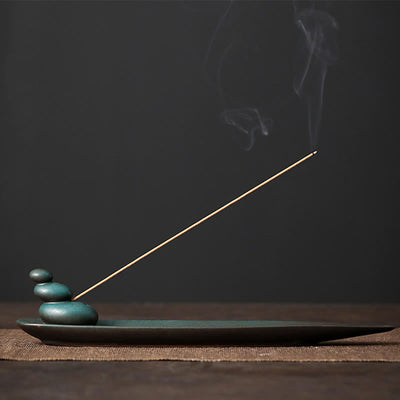
Three Stones Ceramic Incense Burner for Meditation Supplies
$55.90 $79.90
Reduce airborne ash and direct smoke with this ceramic incense burner—designed for cleaner burning and safer rituals in homes with dogs.
Explore Product
Watch: Expert Advice on Safe Scents for Pets
For a deeper dive into which scents are generally considered safer for pets and which ones to avoid, check out this helpful video. It provides clear, concise information to help you make informed choices for your home.
Smoke-Free Alternatives: Enjoy Aromas Without the Risk
If you're still concerned about the effects of smoke or have a particularly sensitive pet, the great news is that there are many wonderful smoke-free alternatives to create an aromatic and peaceful atmosphere. These options provide beautiful scents without the airborne particulates, making them much safer for homes with dogs.
- Aromatherapy Diffusers: Ultrasonic diffusers use water and a few drops of pet-safe essential oils (like lavender or frankincense) to create a fine, cool mist.
- Wearable Diffusers: Enjoy scents personally with items like diffuser bracelets. You can apply a drop of essential oil to the lava beads and enjoy the aroma without affecting your pet.
- Room Sprays: A light spritz of a natural, pet-safe room spray can freshen up a space instantly.
- Simmer Pots: Gently simmering herbs, spices, and fruit peels on the stove is a natural and completely smoke-free way to fill your home with fragrance.
These alternatives allow you to continue your sensory rituals with complete peace of mind, knowing you're not compromising your dog's respiratory health.

Discover Pet-Friendly Alternatives
Use this natural cedar smudge stick outdoors or near open windows—clear energy while minimizing indoor smoke exposure for sensitive dogs. Learn more ➔
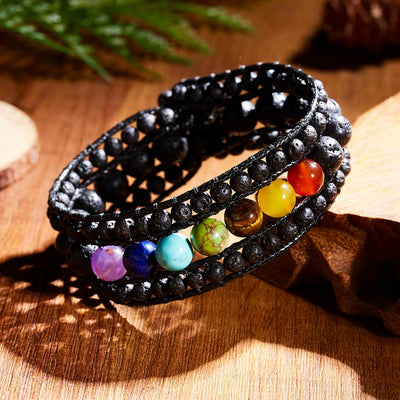
7 Chakra Gemstone Aromatherapy Bracelet with Lava Stones
$49.99
$59.99
Carry scent safely without an open flame—this diffuser bracelet delivers gentle aroma as a smoke-free alternative for pet-friendly homes. Learn more ➔
A Harmonious Home for All
So, is incense bad for dogs? The answer isn't a simple yes or no—it's about how you use it. By being a mindful and informed pet parent, you can absolutely continue to enjoy your aromatic rituals. The key is to prioritize ventilation, choose natural products, limit exposure, and always observe your pet for any signs of discomfort.
And if you're ever in doubt, exploring smoke-free alternatives like diffusers or aromatherapy bracelets can provide the sensory experience you love with zero risk to your furry companion. By taking these steps, you can ensure your home remains a sanctuary of peace, tranquility, and safety for every member of your family, two-legged and four-legged alike.
Frequently Asked Questions about Incense Safety for Dogs
Yes, it can be. A dog's respiratory system is more sensitive than a human's. Inhaling smoke and particulate matter from incense can cause irritation, coughing, sneezing, and watery eyes. For dogs with asthma or bronchitis, it can trigger more severe reactions.
The most dangerous types are incense made with synthetic fragrances, chemical binders, or essential oils known to be toxic to dogs (e.g., tea tree, wintergreen). Safer options are those made from 100% natural, plant-based materials, but they should still be used with caution and proper ventilation.
Yes. Even though sage and palo santo are natural, the smoke they produce is an irritant. The particulate matter can still affect a dog's sensitive lungs. Always smudge in a very well-ventilated area and never let the smoke envelop your pet.
There is no exact time, as it depends on ventilation. A good rule of thumb is to wait until the smoke has completely cleared and the scent is no longer overpowering. Opening windows for at least 30 minutes after burning is a recommended practice before letting your dog back in.
Yes, smoke-free alternatives are generally much safer. Ultrasonic diffusers that use pet-safe essential oils or wearable options like diffuser bracelets eliminate the risk of respiratory irritation from smoke, making them excellent choices for pet-friendly homes.


